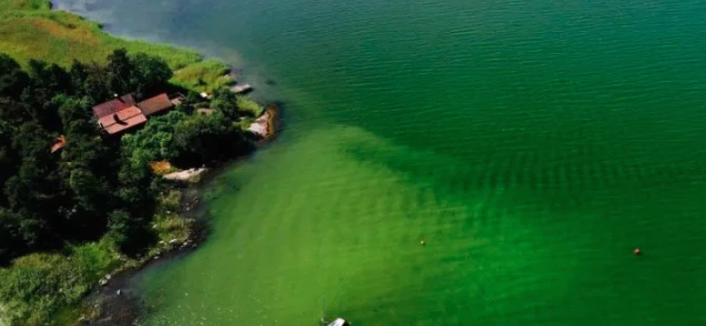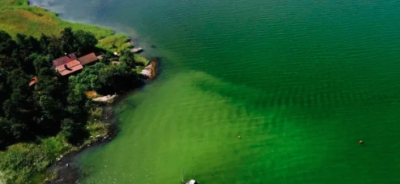The website "Arab Weather" pointed out the impact of climate change on the oceans and the rising temperatures of the Earth, resulting in significant changes in the color of the waters from blue to green. A detailed report observed the gradient from green to blue, depending on the concentration of phytoplankton, which utilize chlorophyll to support plant growth in the water. The higher the amount of this substance, the greener the color of the water.
It was explained that "the proportion of phytoplankton distributed in the oceans affects many things on the planet, especially since water covers about 71% of the land, thus impacting the balance of temperature on Earth and the amount of light and heat absorbed by the oceans." It's worth noting that most phytoplankton are microscopic organisms that range in size from less than 1 micrometer to no more than 1000 micrometers. As ocean temperatures rise due to climate change, the interaction between the upper layers and lower layers decreases, leading to an increase in the abundance of smaller phytoplankton over larger ones, which play a greater role in carbon storage. These transformations result in shifts in the food chain in the ocean and reduce the ocean's efficiency in absorbing carbon.
Regarding the reasons for the interest in the color changes of the ocean, it was pointed out that "the reason for the interest in color change is that color reflects the state of the ecosystem; thus, changes in color indicate changes in the ecosystem." Consequently, the Kyle team decided to analyze data using the Moderate Resolution Imaging Spectroradiometer (MODIS), which is a sensor aboard NASA's Aqua satellite, launched in 2002 and still orbiting the Earth, far exceeding its expected lifespan of six years. In this context, the team looked for trends in seven different wavelengths of light from the ocean, instead of sticking to the single wavelength often used to track chlorophyll levels.
The conclusion was that "with two decades of MODIS data, scientists were able to see long-term changes in ocean color; they observed notable shifts in 56% of the world's ocean surface, mostly in waters located between 40 degrees south and 40 degrees north latitude. These tropical and subtropical waters generally do not vary much in color throughout the year because the regions do not differ significantly in color. Extreme seasonal experiences—therefore, small long-term changes are more apparent there. As surface water temperatures rise due to climate change, the upper layers of the ocean become more stratified, making it difficult for nutrients to rise to the surface. When there are fewer nutrients, smaller phytoplankton are better at surviving than larger ones, thus changes in nutrient levels can lead to changes in the ecosystem, reflected in changes in overall water color."




